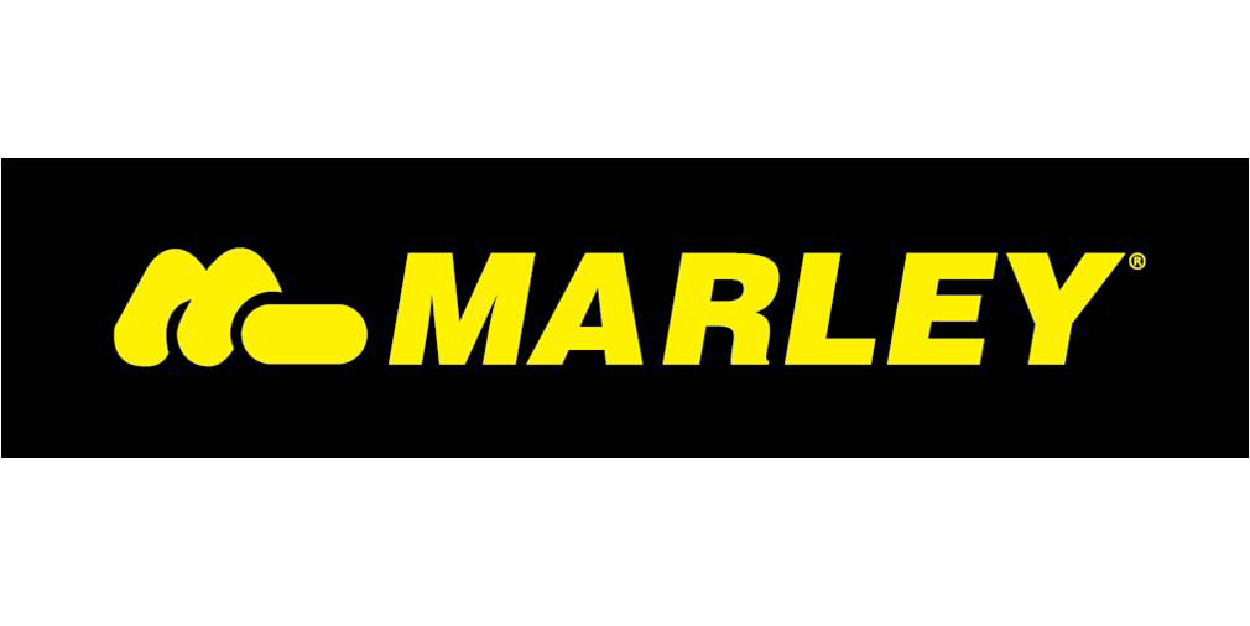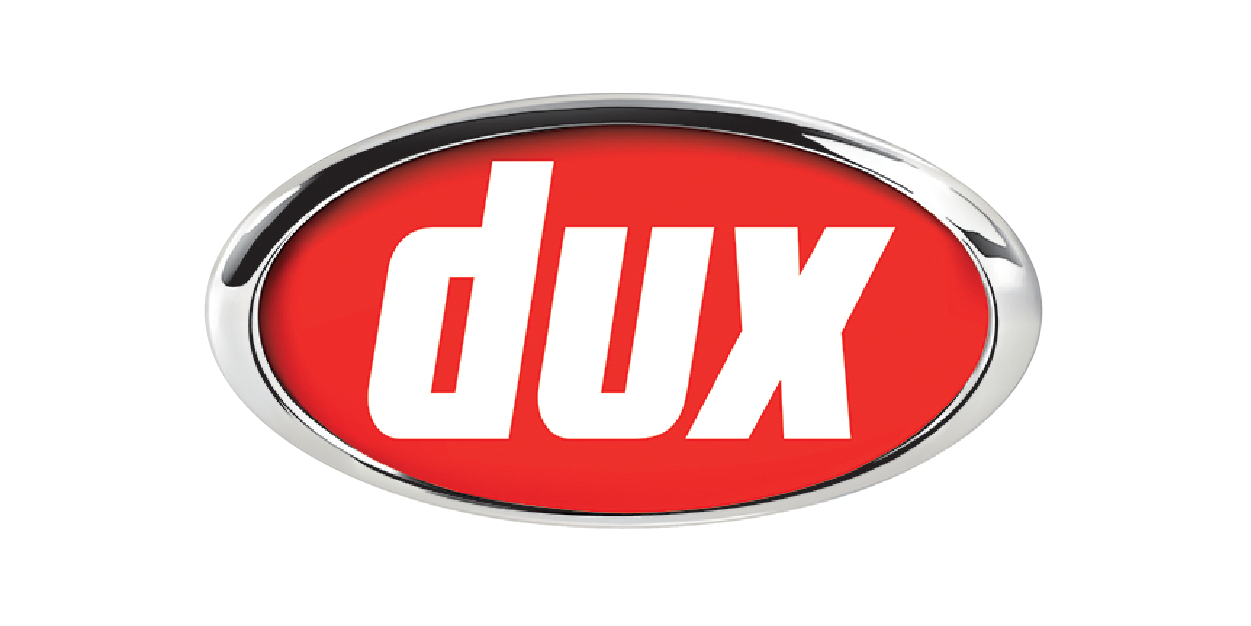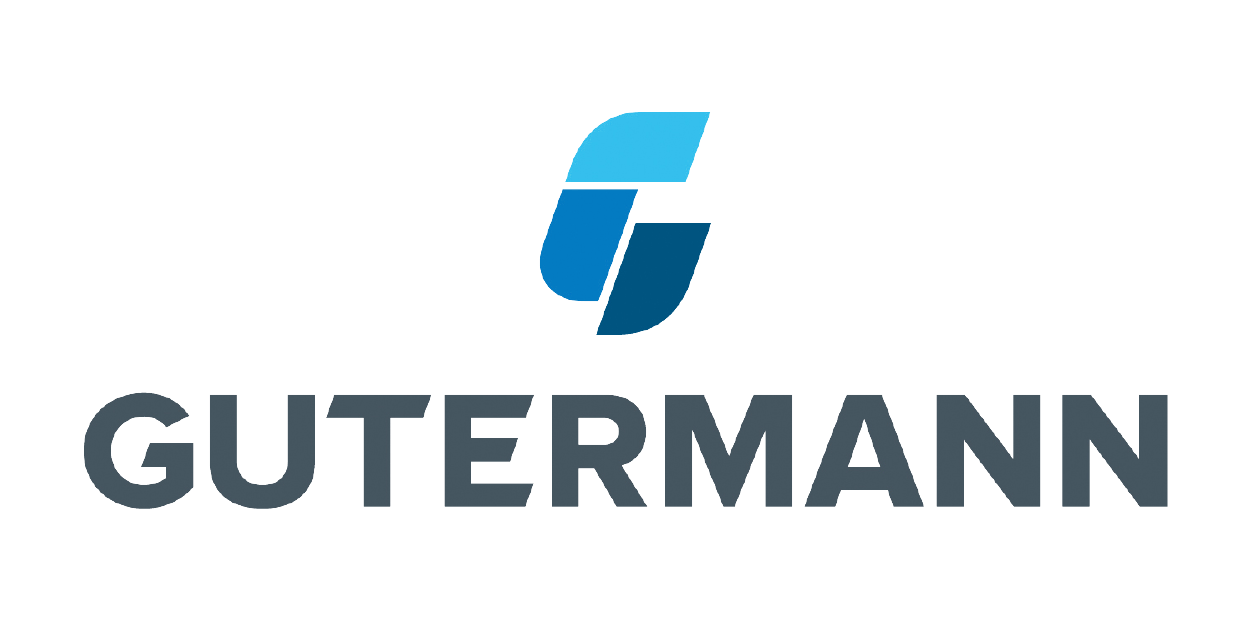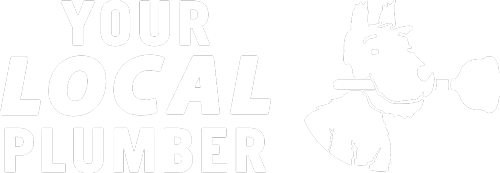
Call Today 09 973 4973 or
Understand the role of international leak detection standards and practices in New Zealand, harmonizing regulations and ensuring global compliance.
Introduction
International leak detection standards and practices play a significant role in harmonizing regulations across different countries and regions, including New Zealand. Adherence to these global standards ensures consistency and compliance, fostering international collaboration.
Role of International Standards
International standards in leak detection facilitate trade, ensure quality control, and provide a common language for industry practitioners. They promote best practices that transcend national boundaries.
Key International Standards
Several key international standards guide leak detection, such as ISO and ASTM. These standards cover various aspects of leak detection, from methodologies to equipment specifications.
Adoption in New Zealand
New Zealand’s commitment to international leak detection standards demonstrates a dedication to quality and safety. National regulations often align with these global guidelines, reflecting international best practices.
Benefits to Industry and Consumers
Adhering to international standards benefits both the leak detection industry and consumers in New Zealand. It enhances credibility, ensures product quality, and facilitates international trade and cooperation.
Challenges and Considerations
While international standards provide numerous advantages, they also present challenges. Understanding and implementing these standards require expertise and consideration of local contexts.
Conclusion
International leak detection standards and practices are vital in shaping a consistent and collaborative global landscape. Their adoption in New Zealand reflects a commitment to quality, safety, and international cooperation.
Suppliers




